When it comes to open-world RPGs, I’ve come to learn that more side content doesn’t always equal a better gaming experience. A delicate balance between engaging side quests and the overarching main plot must be struck. That’s why when I heard that Baldur’s Gate 3 would be 50 hours for main-plot exclusive playthroughs and around 200 hours for the completionist, I had my reservations.
Too often, I find myself distracted by unrelated tangents, steering away from the heart of the story. It’s not that I don’t want to save Princess Zelda in ToK; I just need to help this guy support every Hudson sign on the map before I complete the main quest.
Baldur’s Gate 3 is an embarrassment of riches regarding side content. The world is teeming with side quests, each more enticing than the last. There are side quests within side quests, plenty of encounters, and intriguing characters to meet — it’s a veritable playground for the curious player. But what sets this game apart is its extraordinary ability to guide players back to the main plot, ensuring they never lose sight of the greater journey.
Drowning in Side Content, Yet Never Adrift
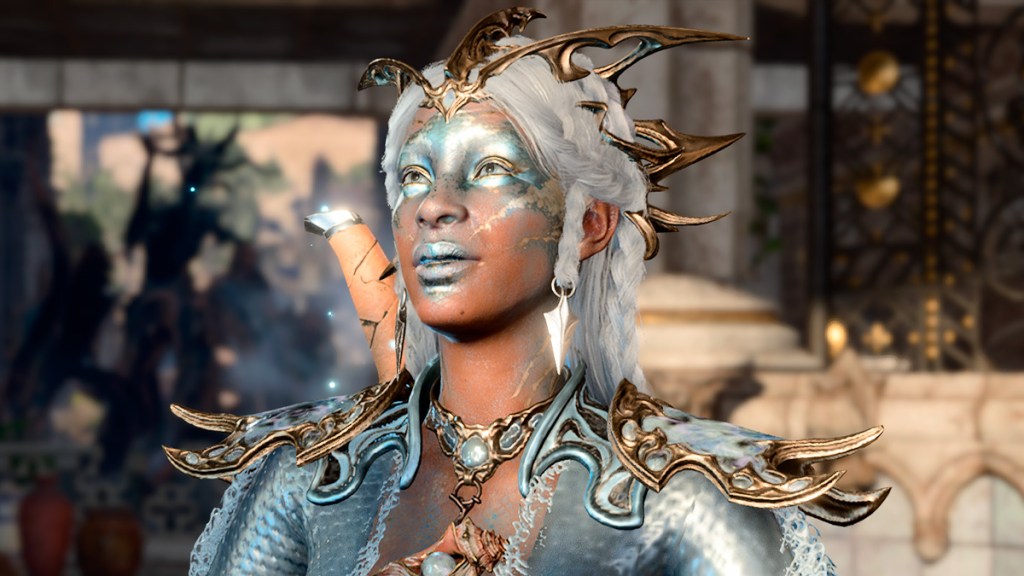
When it comes to side quests, a spectrum ranges from the meaningless and mundane to the truly impactful. Baldur’s Gate 3 takes inspiration from the best and sidesteps the worst. Gone are the days of having this badass, spell-casting Witcher fetch an old lady’s lost pan.
In fact, there’s not even a chance to get sidetracked by some random Ancient God’s lair for hours in the pursuit of a legendary weapon. I’m looking at you, Skyrim. In Baldur’s Gate 3, the legendary weapon’s location coincides with a companion’s quest – every narrative thread threads into the main story’s tapestry, staying relevant and enriching the world.
Larian Studios’ latest release not only understands this delicate balance but also masterfully executes it, presenting a superabundance of side quests that seamlessly enrich the world and narrative rather than detract from it.
A Cunning Reminder of the Main Plot

Ever been so engrossed in exploring that you momentarily forget the main antagonist’s sinister plans? Baldur’s Gate 3 knows it’s massive, and it keeps you focused on its main plot all the time. With a touch of brilliance, the game introduces a clever mechanism to nudge you back on track.
While strolling through Baldur’s Gate’s Rivington district, you might accidentally stumble upon a serene beachfront. Delve deeper, and you’ll unearth some missing cargo in a boat from Moonrise Towers, triggering a side quest introducing The Guild, a new clique from Act 3. In this newly uncovered area, you can explore secret caves, leap onto boats, and engage in thrilling battles.
But then, the game decides you’ve had your share of unrelated side-quest fun. On your way back to the city, a near-death man implores a swift end, handing you a knife to end his suffering. And just as the urgency of grabbing the three netherstones to thwart the impending evil plot starts slipping your mind, enter Orin. She’s the shapeshifting bearer of the third nether stone, cunningly disguised. This is just one of many nudges Baldur’s Gate 3 gives you to remind you that the main plot is still there, waiting for you.
In a world overflowing with RPGs and side content, Baldur’s Gate 3 stands as a glowing example of seamlessly blending optional experiences with the core narrative. Larian Studios have offered a lesson in integrating side content into a game. The game’s abundance of engaging encounters, like encountering the enigmatic swampy hag or a whimsical mushroom collector in the Underdark, doesn’t just serve as filler. Instead, each subplot is interwoven with the main story, blurring the lines between the campaign and optional content.
Harmonious Coherence in Narrative

The true marvel of Baldur’s Gate 3 lies in the harmonious coexistence of its main narrative and secondary subplots. Players are often left uncertain whether they are partaking in the campaign, exploring an optional plot, or experiencing a blend of both.
For instance, take the Orphic Hammer side quest in the House of Hope, part of Lae’zel’s companion quest. You can either strike a deal with Raphael (sub-quest one) or open a hellish portal with Helsik (sub-quest two). Once inside House of Hope, a third subquest emerges: to rescue Hope from her own home’s prison. It’s a total of five intricately nested side quests that showcase the impressive storytelling and choices in Baldur’s Gate 3.
This harmonious blend grants the game a unique coherence. Whether you’re engrossed in the main questline, pausing to read the stories within its books, or exploring the mysteries of healing houses, each moment contributes to the grand tapestry.
Larian’s Lesson on Integration

Baldur’s Gate 3 transcends the boundaries set by traditional RPGs. Its expansiveness dwarfs even the esteemed Dragon Age saga, charting dimensions that neither the original nor remastered Baldur’s Gate dared to explore. The game’s world is brimming with quests, many of which can run simultaneously, altering the course of your adventure in profound ways. The consequences of your actions echo throughout, whether you’re inadvertently missing equipment and allies due to unexplored locales or embarking on a character-driven quest that leads to resurrections and respecs.
In modern gaming, where side content often feels like a filler to extend gameplay, Baldur’s Gate 3 redefines what side content should be. Its richness lies not in padding hours but in offering a compelling and ever-enriching narrative experience.
Related: Baldur’s Gate 3 Unfairly Made Humans The Worst Choice For Player Race
Larian Studios has crafted a game that envelops players in its intricately woven tapestry, where every side quest and optional narrative deepen the immersion rather than detract from it. As the journey through the game’s expansive world unfurls, players are captivated by a harmonious narrative symphony that resonates long after the final screen fades to black.


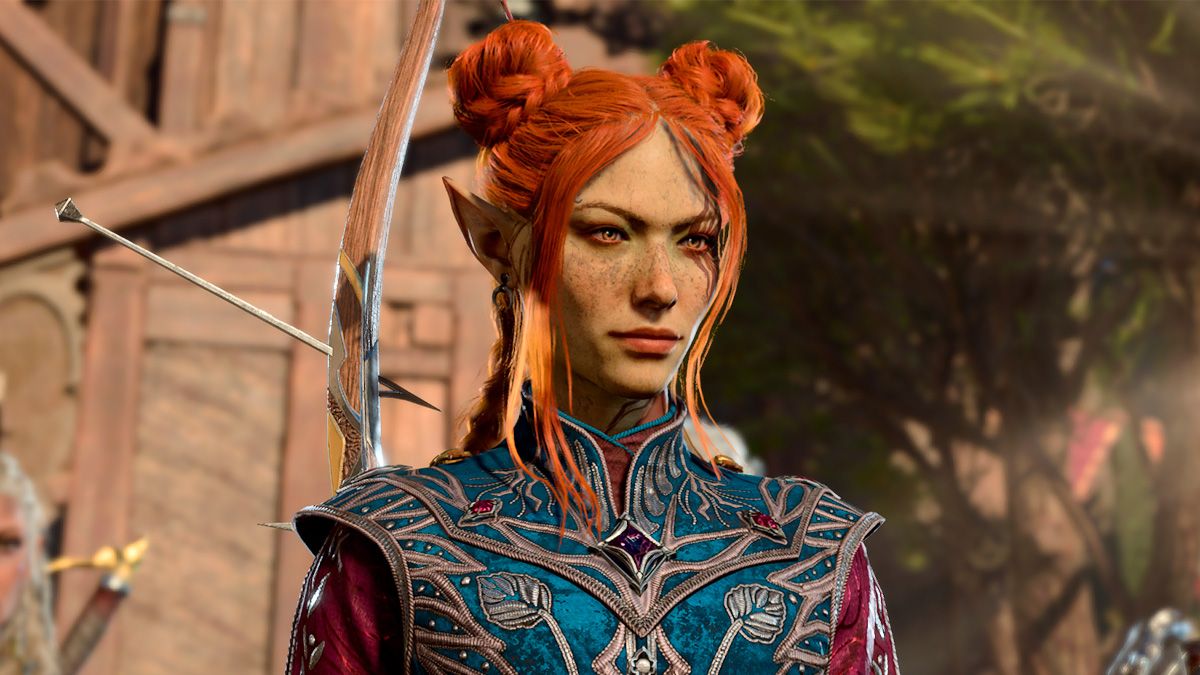
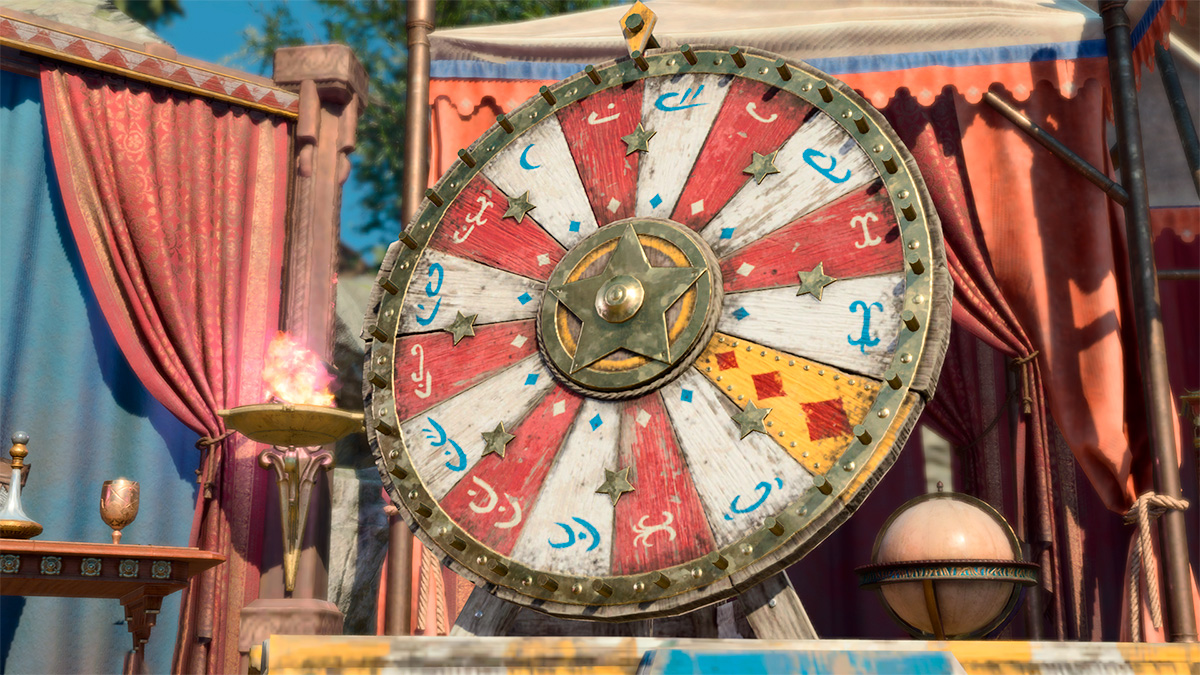
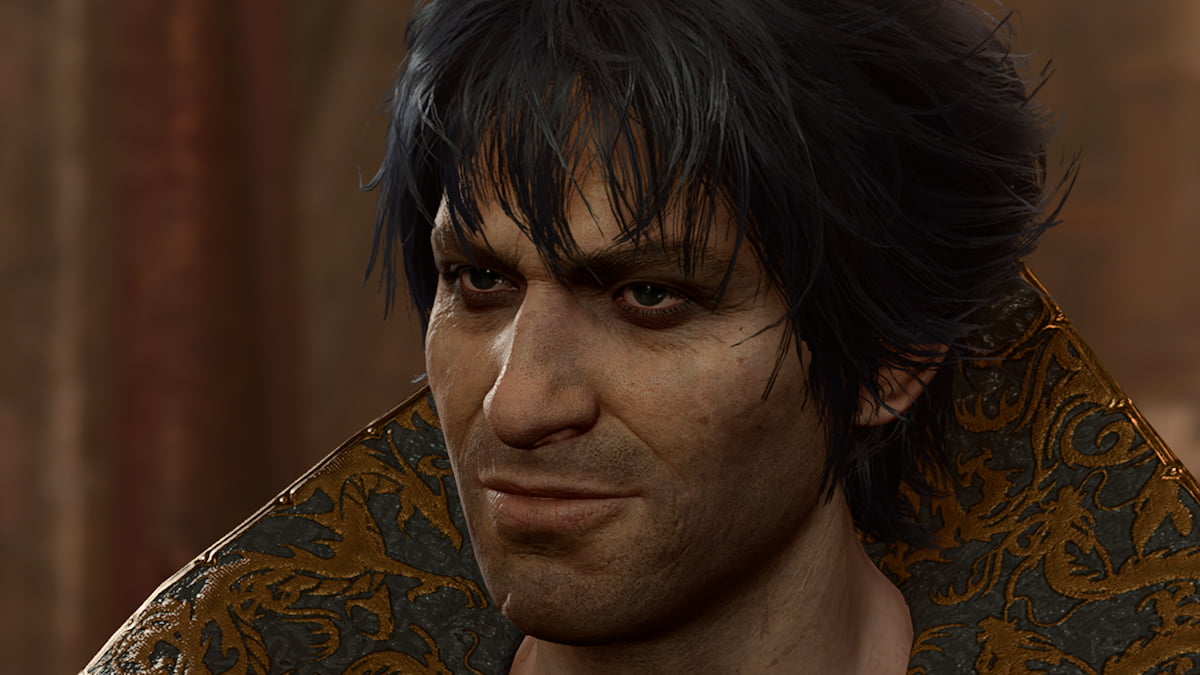
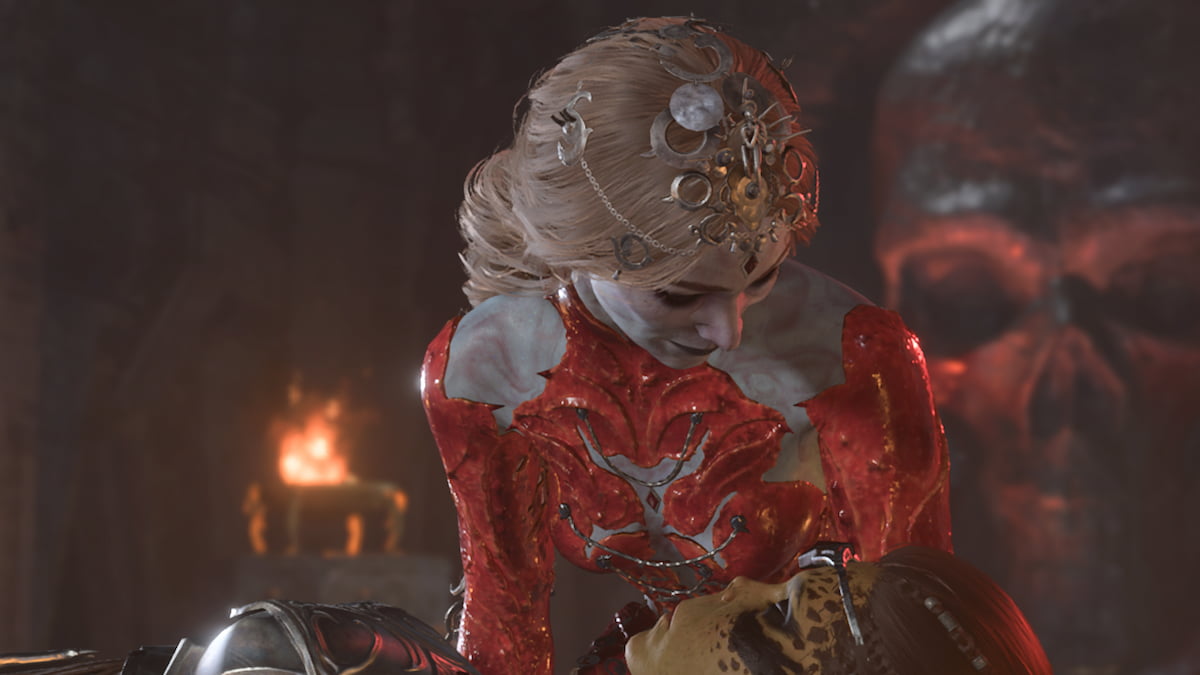
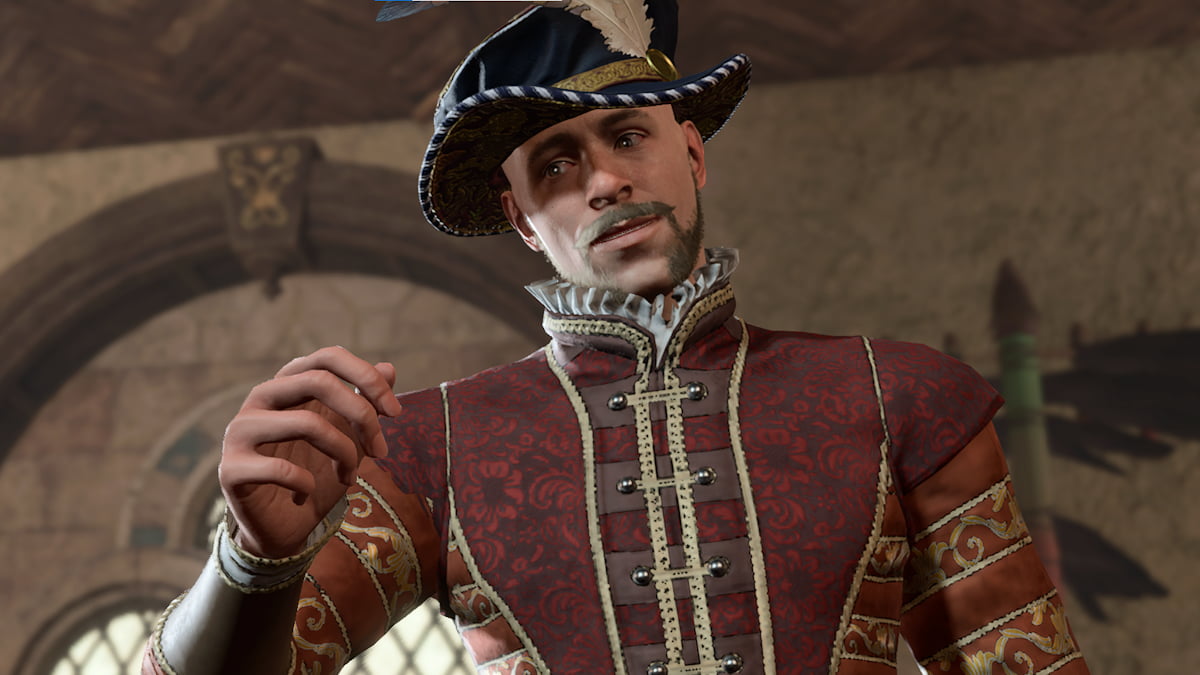
Published: Aug 21, 2023 11:31 am